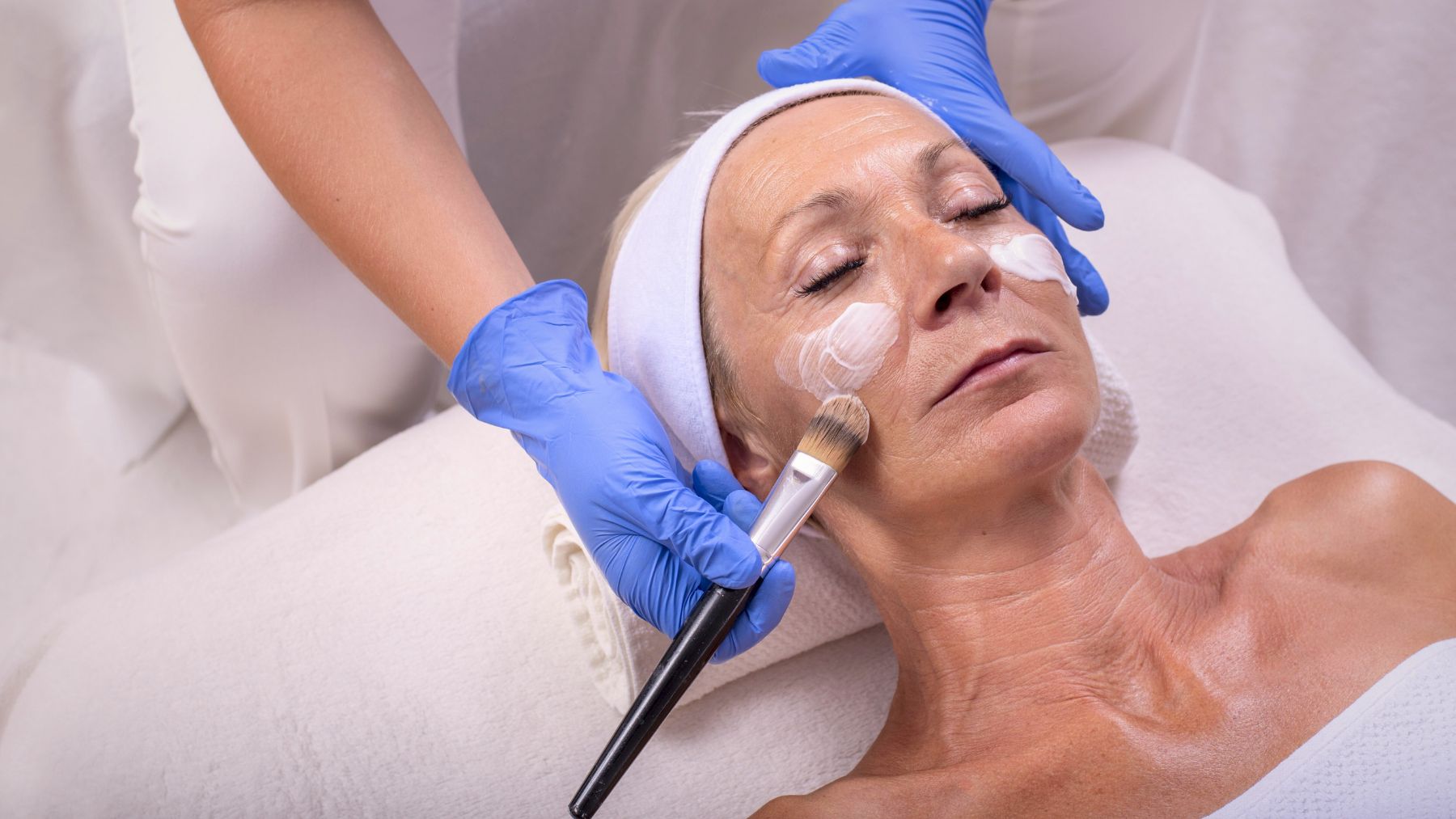For seniors seeking firmer, brighter skin without resorting to invasive surgery, microcurrent therapy—a noninvasive electrotherapy for the face—is a method that uses gentle electrical pulses to lift, tone, and rejuvenate aging skin. Although it does not replace medical procedures entirely, it provides a balanced alternative.
In the following sections, we’ll explain how microcurrent therapy works, detail its benefits for mature skin, and outline essential considerations before trying it. In addition, we’ll compare at-home devices with professional treatments and provide safety guidelines for older adults. Let’s get started.
Microcurrent therapy: a gentle treatment for aging skin
Microcurrent therapy delivers mild electrical pulses that stimulate muscle contractions, which can temporarily tighten sagging skin and improve tone. Although research in cosmetic dermatology and bioelectrical stimulation is still emerging, studies indicate that this treatment may enhance blood circulation, reduce inflammation, and stimulate collagen production over time.
It’s a procedure that doesn’t require needles, anesthesia, or lengthy recovery periods. Sessions offer a tingling, massage-like sensation, and results such as subtle lifting or reduced puffiness can appear almost immediately, even though they may gradually fade without consistent application. In contrast to other methods, it’s gentle enough for most people when there are no underlying medical conditions.
Safety, risks, and treatment expectations
Microcurrent therapy is generally safe; however, seniors should exercise extra caution. It’s advisable to avoid it if you have a pacemaker, epilepsy, or uncontrolled heart conditions. Pregnant women are also advised against using these treatments. Although side effects such as dryness or mild irritation are rare, they can occur, especially when using at-home devices that may lack the precision of professional-grade equipment.
Professional microcurrent treatments typically use higher-intensity currents, and as a result, the effects may last longer. However, they also come with higher costs. In contrast, at-home devices operate with lower currents and require consistent use—roughly two to three sessions per week—to maintain results.
Neither option has demonstrated permanent benefits, so it’s important to manage expectations; it’s not a permanent fix. Nonetheless, many users report smoother skin texture and a refreshed appearance with regular sessions.
Steps to get started with this treatment
If you are interested in exploring microcurrent therapy, it’s important to consult a dermatologist first, particularly if you have chronic health conditions. For professional treatments, make sure to select licensed estheticians or cosmetic dermatologists with extensive experience working on mature skin.
If you prefer at-home use, choose devices cleared by the Food and Drug Administration (FDA) and equipped with adjustable intensity settings so you can tailor the treatment to your sensitivity level. Begin with shorter sessions to test your tolerance, and consider pairing the therapy with hydrating serums or collagen-boosting moisturizers to mitigate any potential dryness.
Although microcurrent therapy will not completely erase wrinkles or substitute for professional medical advice, it represents a low-risk option for seniors aiming to enhance their skin’s natural vitality. Adhere to a routine, track changes over several weeks, and, with time and commitment, your skin may respond with a more refined, firmer, and revitalized appearance.

